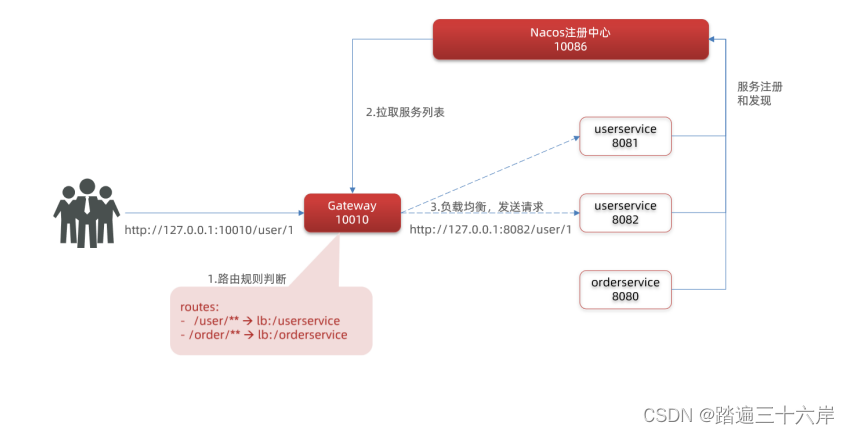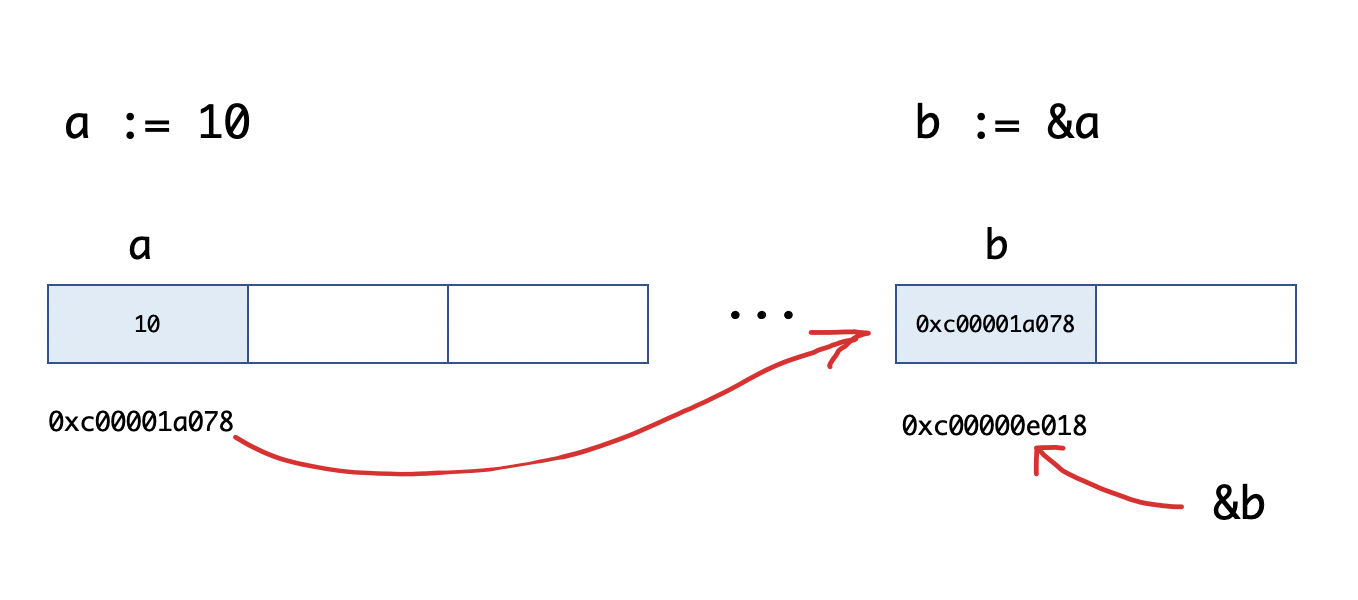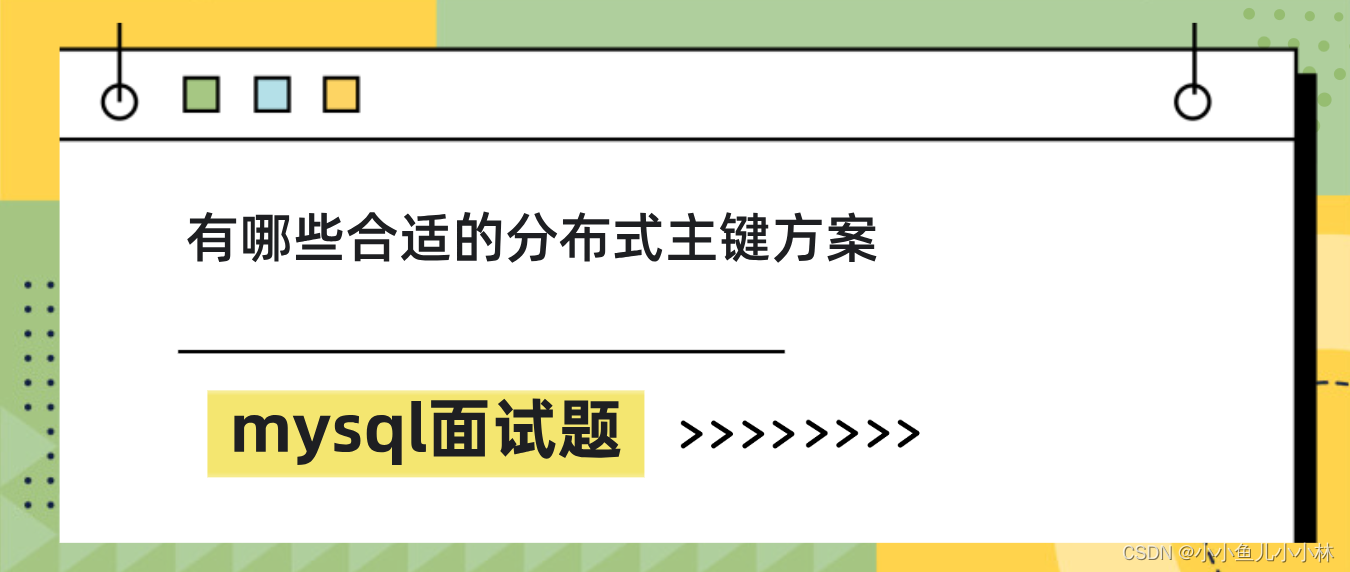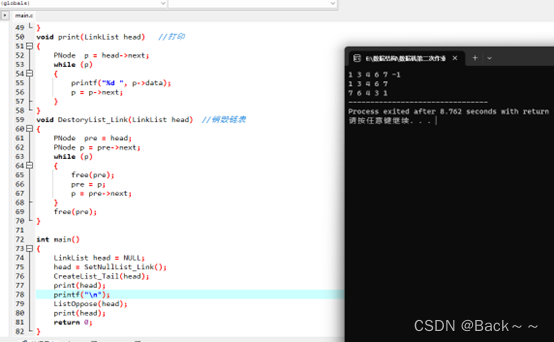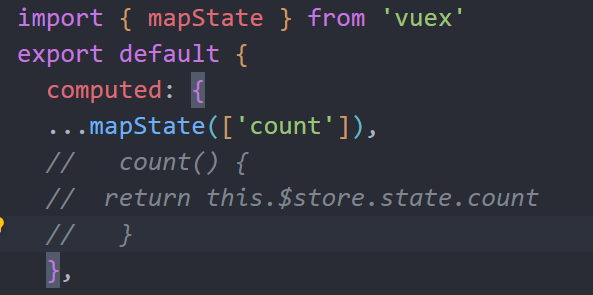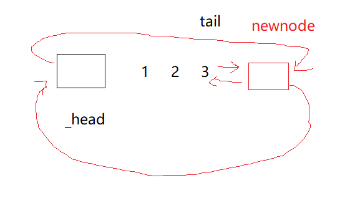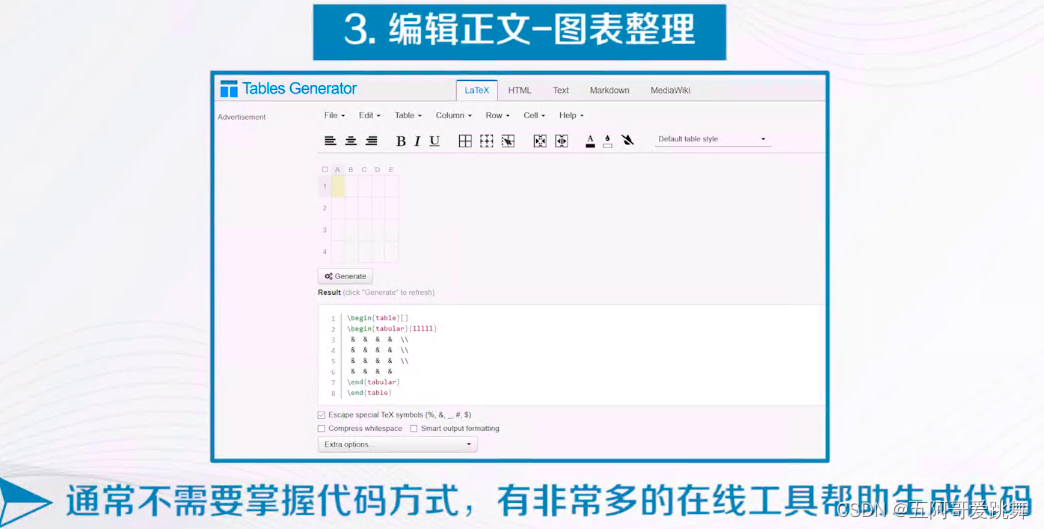SHA-256算法概述
SHA-256代表"Secure Hash Algorithm 256-bit",是一种安全的哈希算法,输出固定长度的256位(32字节)哈希值。SHA-256被广泛用于加密、数字签名、密码学以及区块链等领域,因为它提供了高度的安全性和抗碰撞性。
SHA-256算法特点
固定长度输出:SHA-256算法的输出是256位,无论输入的数据大小如何,始终产生相同长度的哈希值。
不可逆性:无法从SHA-256哈希值逆向还原出原始数据。
高度抗碰撞性:SHA-256算法被广泛认为是具有极高抗碰撞性的哈希算法,即使输入数据微小的变化也会导致完全不同的哈希值。
困难的碰撞攻击:要找到两个不同的输入,产生相同的SHA-256哈希值,需要极大的计算能力和时间。
SHA-256算法原理
SHA-256算法的核心原理包括以下步骤:
数据填充:将输入数据填充到满足一定长度要求的块,通常为512位。
初始哈希值:设置初始哈希值(8个32位字)。
消息分块:将填充后的数据分成若干个512位的消息块。
消息调度:对每个消息块进行消息调度,得到64个32位字。
压缩函数:将消息块与前一个哈希值一起传递给压缩函数,产生新的哈希值。
循环处理:重复4和5步骤,直到所有消息块都处理完毕。
最终哈希值:将最后得到的哈希值连接在一起,即得到SHA-256的256位哈希值。
C语言实现SHA-256算法
以下是C语言实现SHA-256算法的代码示例:
#include <stdio.h>
#include <stdint.h>
#include <string.h>
#define ROTRIGHT(word, bits) (((word) >> (bits)) | ((word) << (32 - (bits))))
#define CH(x, y, z) (((x) & (y)) ^ (~(x) & (z)))
#define MAJ(x, y, z) (((x) & (y)) ^ ((x) & (z)) ^ ((y) & (z)))
#define EP0(x) (ROTRIGHT(x, 2) ^ ROTRIGHT(x, 13) ^ ROTRIGHT(x, 22))
#define EP1(x) (ROTRIGHT(x, 6) ^ ROTRIGHT(x, 11) ^ ROTRIGHT(x, 25))
#define SIG0(x) (ROTRIGHT(x, 7) ^ ROTRIGHT(x, 18) ^ ((x) >> 3))
#define SIG1(x) (ROTRIGHT(x, 17) ^ ROTRIGHT(x, 19) ^ ((x) >> 10))
// 定义SHA-256的初始哈希值
uint32_t initial_hash[] = {0x6a09e667, 0xbb67ae85, 0x3c6ef372, 0xa54ff53a,0x510e527f, 0x9b05688c, 0x1f83d9ab, 0x5be0cd19
};
// 定义SHA-256常量K
uint32_t K[] = {0x428a2f98, 0x71374491, 0xb5c0fbcf, 0xe9b5dba5,0x3956c25b, 0x59f111f1, 0x923f82a4, 0xab1c5ed5,// ...
};
// SHA-256的数据结构
typedef struct {uint8_t data[64];uint32_t datalen;uint64_t bitlen;uint32_t state[8];
} SHA256_CTX;
// 初始化SHA-256上下文
void sha256_init(SHA256_CTX *ctx);
// 更新SHA-256哈希值
void sha256_update(SHA256_CTX *ctx, const uint8_t data[], size_t len);
// 计算SHA-256哈希值
void sha256_final(SHA256_CTX *ctx, uint8_t hash[]);
int main() {SHA256_CTX ctx;uint8_t data[] = "Hello, SHA-256!";uint8_t hash[32];sha256_init(&ctx);sha256_update(&ctx, data, strlen((char *)data));sha256_final(&ctx, hash);printf("SHA-256 Hash: ");for (int i = 0; i < 32; i++) {printf("%02x", hash[i]);}printf("\n");return 0;
}C++实现SHA-256算法
以下是C++语言实现SHA-256算法的代码示例:
#include <iostream>
#include <string>
#include <cstdint>
class SHA256 {
public:SHA256();void update(const std::string& message);std::string final();
private:uint32_t state[8];uint8_t buffer[64];uint64_t bitlen;uint32_t K[64];void transform();
};
int main() {SHA256 sha256;std::string message = "Hello, SHA-256!";sha256.update(message);std::string hash = sha256.final();std::cout << "SHA-256 Hash: " << hash << std::endl;return 0;
}此处省略了C++实现的具体细节,但你可以轻松地找到开源的SHA-256 C++库,用于在实际项目中使用。
通过本篇文章,你应该对SHA-256算法有了更深入的了解,并能够使用C和C++编程语言实现SHA-256哈希算法来保护数据的完整性和安全性。SHA-256的强大安全性使其成为密码学和数据安全领域的不可或缺的工具。





